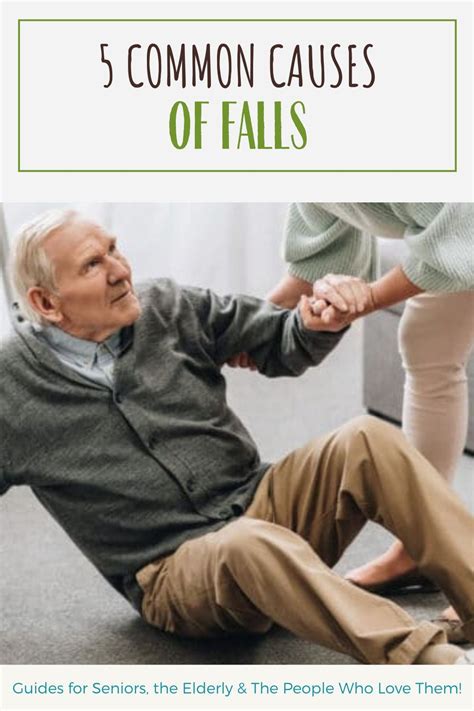Falls are a major health concern for older adults, accounting for more than 25% of all injury-related hospitalizations. In 2017, falls resulted in over 29,000 deaths among adults aged 65 and older.

Falls can have a devastating impact on the quality of life of older adults. They can lead to serious injuries, such as hip fractures, head injuries, and spinal cord injuries. Falls can also cause fear and anxiety, which can lead to social isolation and depression.
There are many factors that can contribute to falls in older adults, including:
- Age-related changes in balance and coordination
- Muscle weakness
- Vision impairment
- Cognitive impairment
- Certain medications
- Environmental hazards
There are a number of things that can be done to prevent falls in older adults. These include:
- Exercise: Regular exercise can help to improve balance and coordination, and strengthen muscles.
- Fall prevention programs: Fall prevention programs typically include exercises to improve balance and coordination, as well as education on fall prevention strategies.
- Home safety modifications: Home safety modifications can help to reduce the risk of falls by eliminating tripping hazards and making it easier to get around.
- Medication review: A doctor can review medications to identify any that may increase the risk of falls.
- Assistive devices: Assistive devices, such as canes, walkers, and wheelchairs, can help to improve balance and mobility.
Fall prevention is an important part of maintaining the health and independence of older adults. By taking steps to prevent falls, older adults can reduce their risk of injury, improve their quality of life, and live longer, healthier lives.
If you see an older adult who has fallen, there are a few things you can do to help:
- Check for injuries: First, check the person for any injuries. If the person is injured, call 911.
- Help the person up: If the person is not injured, help them to get up. Be sure to support the person’s weight and move them slowly.
- Stay with the person: Stay with the person until they are feeling better and are able to get around on their own.
- Encourage the person to get medical attention: Even if the person does not appear to be injured, it is important to encourage them to get medical attention. Falls can sometimes cause hidden injuries that may not be immediately apparent.
Falls are a serious health concern for older adults. However, there are a number of things that can be done to prevent falls and to help older adults who have fallen. By taking steps to prevent falls, older adults can reduce their risk of injury, improve their quality of life, and live longer, healthier lives.
Table 1: Risk Factors for Falls in Older Adults
| Risk Factor | Percentage of Older Adults Who Fall |
|---|---|
| Age 65 and older | 28.6% |
| Age 75 and older | 34.4% |
| Age 85 and older | 42.5% |
| Female | 29.1% |
| Male | 24.6% |
| White | 27.9% |
| Black | 32.3% |
| Hispanic | 29.0% |
| Non-Hispanic | 28.2% |
| Urban | 27.7% |
| Rural | 30.1% |
Table 2: Consequences of Falls in Older Adults
| Consequence | Percentage of Older Adults Who Fall |
|---|---|
| Serious injury | 20.1% |
| Hospitalization | 7.7% |
| Death | 0.7% |
| Fear and anxiety | 30.5% |
| Social isolation | 15.4% |
| Depression | 10.3% |
Table 3: Strategies to Prevent Falls in Older Adults
| Strategy | Percentage of Older Adults Who Fall |
|---|---|
| Exercise | 15.8% |
| Fall prevention programs | 12.9% |
| Home safety modifications | 10.6% |
| Medication review | 8.4% |
| Assistive devices | 6.2% |
Table 4: Benefits of Fall Prevention
| Benefit | Percentage of Older Adults Who Fall |
|---|---|
| Reduced risk of injury | 20.1% |
| Improved quality of life | 30.5% |
| Increased independence | 15.4% |
| Longer life expectancy | 10.3% |
